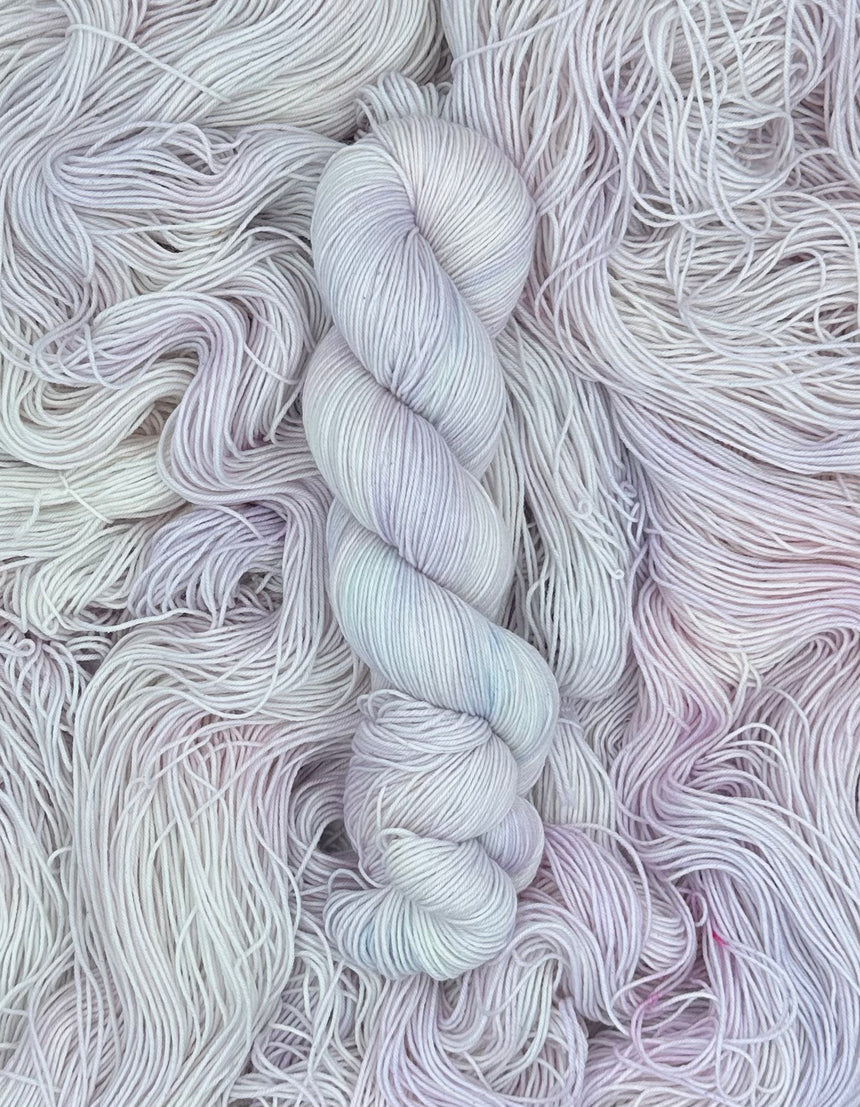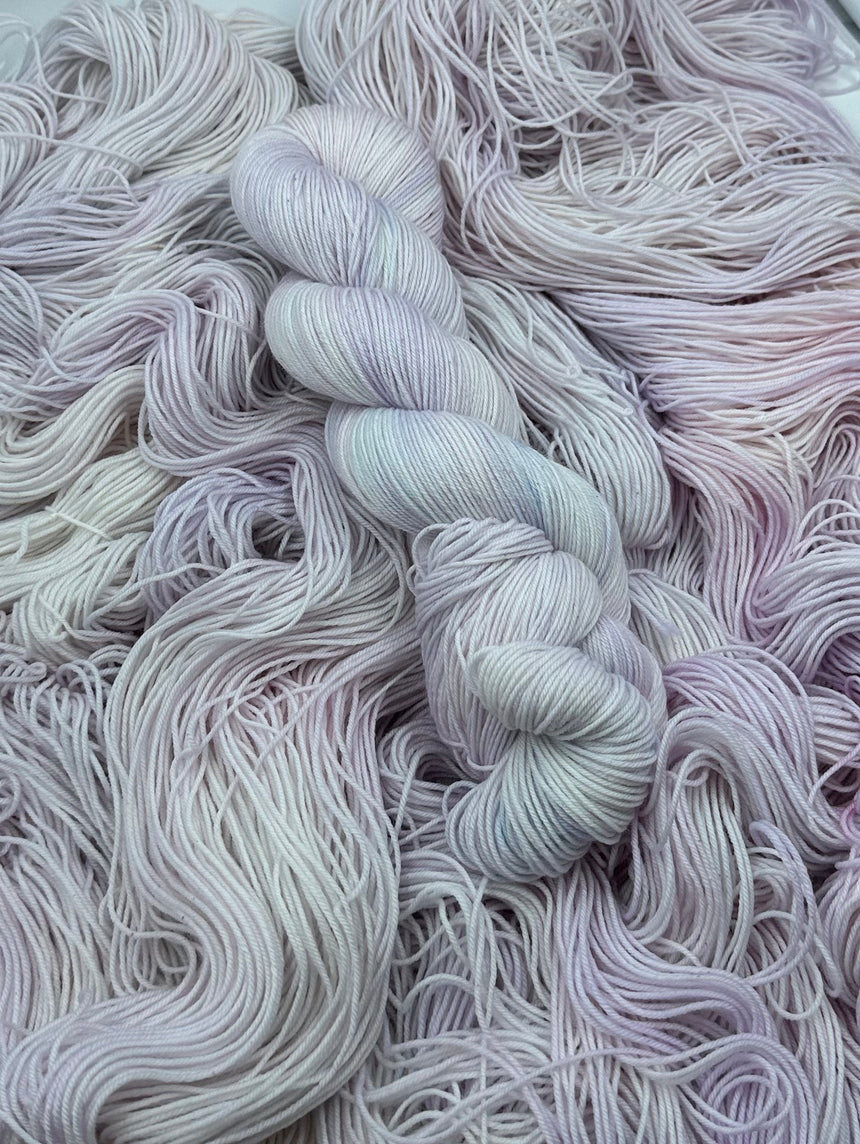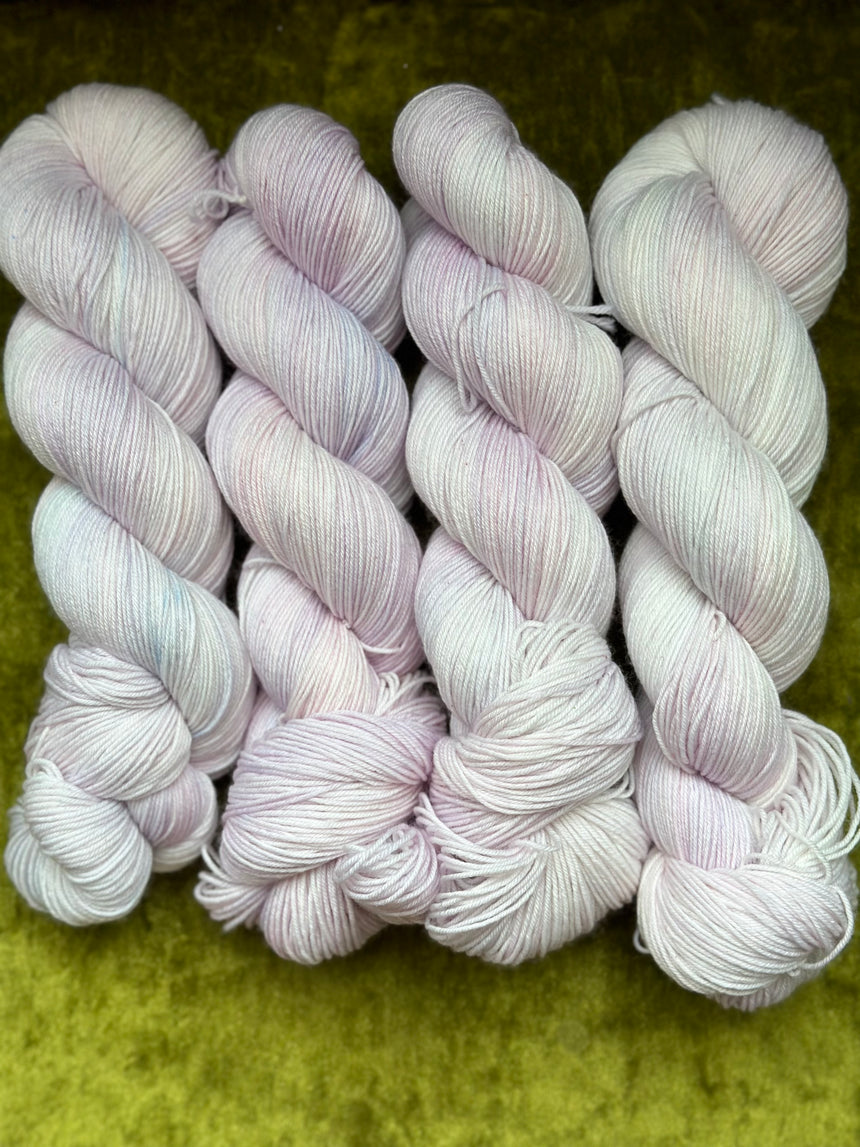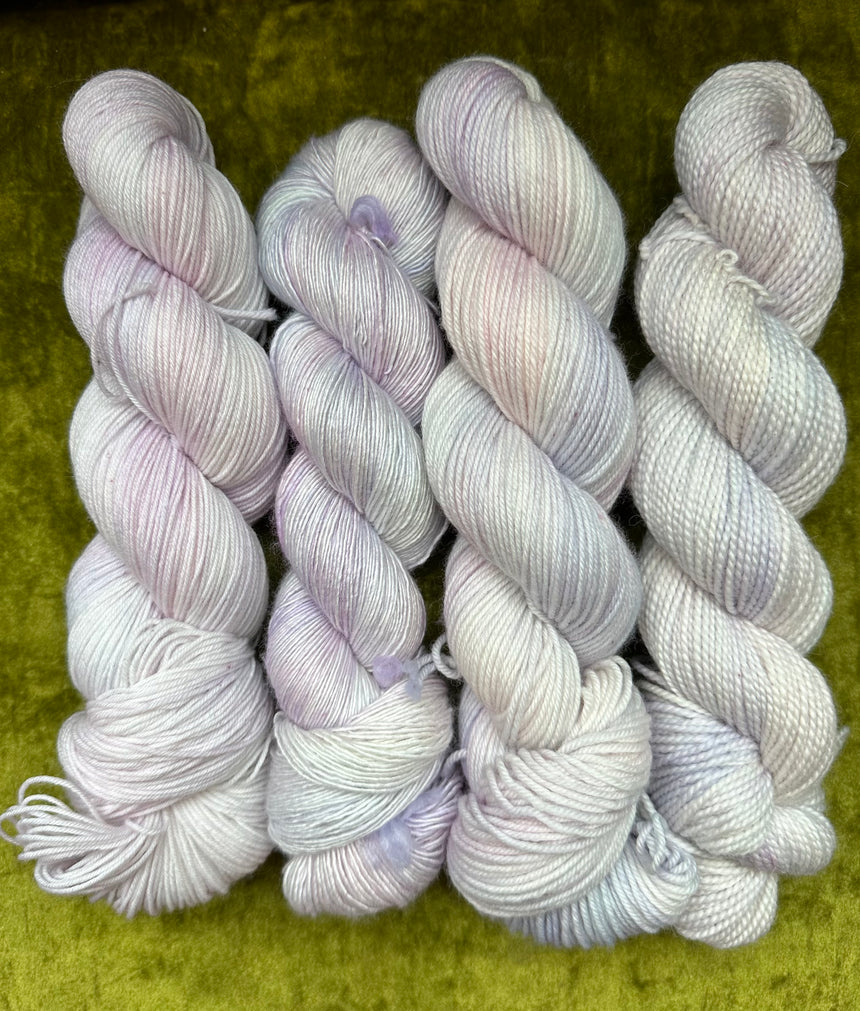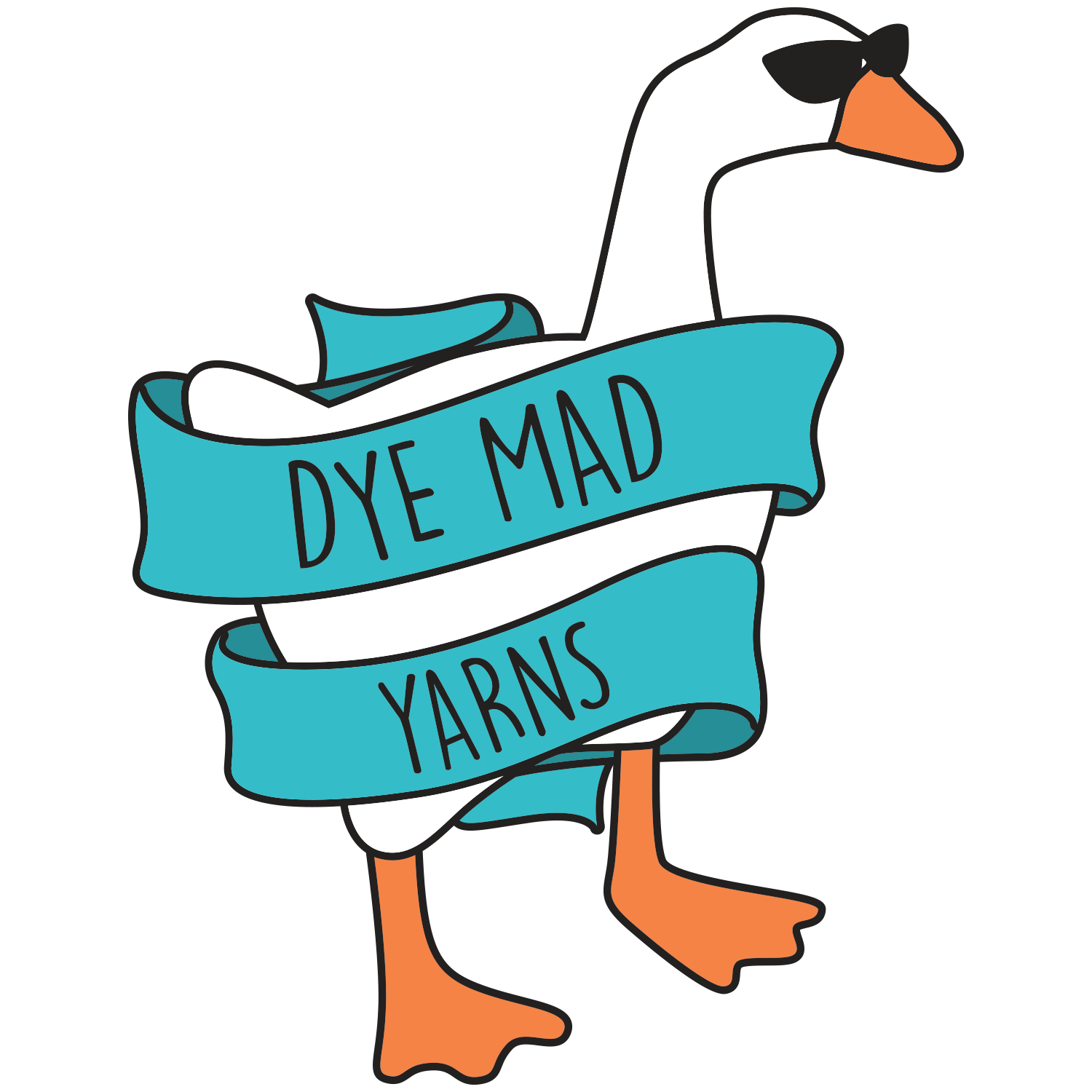Pearl
$6.00For the month of June, we have Pearl! It is the traditional birthstone for the month June, as well as the given stone for the 3rd and 30th wedding anniversaries. I think it's fun that it's the gemstone for the first part of Cancer season in June because Pearls come from mollusks and the Cancer symbol is the crab, and it's a fun little sea based combination. :)
The English word pearl comes from the French perle, originally from the Latin perna 'leg', after the ham- or mutton leg-shaped bivalve.
The scientific name for the family of pearl-bearing oysters, Margaritiferidae comes from the Old Persian word for pearl *margārīta- which is the source of the English name Margaret.
They are one of the most precious gems ever discovered, and are believed to have been revered and traded as long as 6,000 years ago. Their exact moment of discovery precedes recorded history, though it has been speculated by many that the first Pearls to be held by human hands were likely discovered on the shores of India a folks searched for food. Pearls were being given as ornamental gifts in China as far back as 2,250 BC and have been used in jewelry as personal adornment since at least 450 BC.
There are a couple different types of pearls found in the world - natural and cultured pearls. Natural pearls are the rarest and occur spontaneously in the wild, where as cultured pearls are from pearl oysters and freshwater mussels. Over 99% of Pearls sold today are cultured.
Pearl formation happen when a foreign object, such as a grain of sand, enters an oyster/bivalve/mollusc/what have you. It's an irritant to the creature inside, so in order to protect itself it releases a silky substance, known as nacre (essentially Mother-of-Pearl, which also lines the shell), to cover the foreign object. Over time the mollusc will continue to release nacre over the foreign body and when the mollusc is opened years after the initial intrusion, it has been turned into a Pearl. Pearls essentially exist as the result of a defence mechanism. Where there is pain, you can find beauty, etc.
Pearls come in a full range of colors, but true white is the most sought after and expensive. They are one of the few organic gem, the others being Amber, Coral, and Jet.
Do you how to tell a true pearl from an imitation pearl? If you rub it against your teeth, an imitation pearl will be smooth, whereas a true pearl will be somewhat sandy.
Our Pearl yarn isn't a true white, but instead a combination of pale pinks, blue, and purple, with hints of true white. Looks absolutely stunning on the Gladys shawl base! For pairings, we recommend Gemini and Cancer (obviously), and really anything you want to lighten up. It goes well with our tonals, especially other gemstones.
BASES:
Hattie Floof: 50g, 437 yards, 70% Superkid mohair/30% silk (lace weight)
Chester Sock: 100g, 437 yards, blend of 75% superwash merino/25% nylon
Sabrina Sock: 100g, 432 yards, blend of 80% US sourced non-super wash merino/20% silk
Tortie Sport: 100g, 287 yards, 80% alpaca/20% silk
Minnie DK: 100g, 246 yards, 100% superwash merino wool
Genny Worsted: 100g, 191 yards, 80% superwash merino/20% alpaca
Chubby Trevor: 115g, 136 yards, 100% superwash merino
Chunky Trevor: 150g, 82 yards, 100% superwash merino, single ply
Summer Fingering: 65% silk/35% linen, 115g skein, approximately 438 yards
Summer DK: 65% silk/35% linen, 115g skein, approximately 246 yards
Summer Worsted: 65% silk/35% linen, 115g skein, approximately 181 yards
Gladys Fiber: 80% Shaniko Wool/20% Tussah Silk, approximately 4oz braid of fiber for spinning, felting, etc
